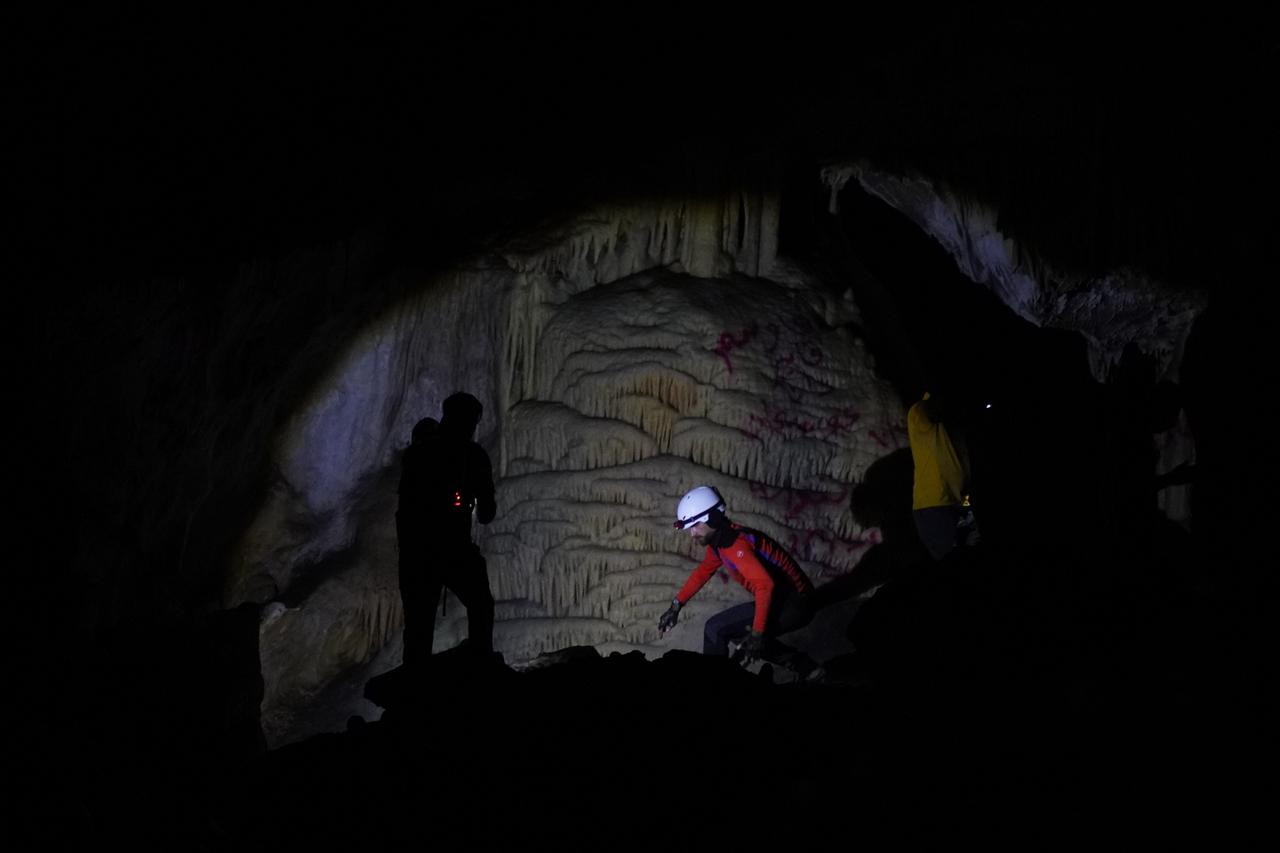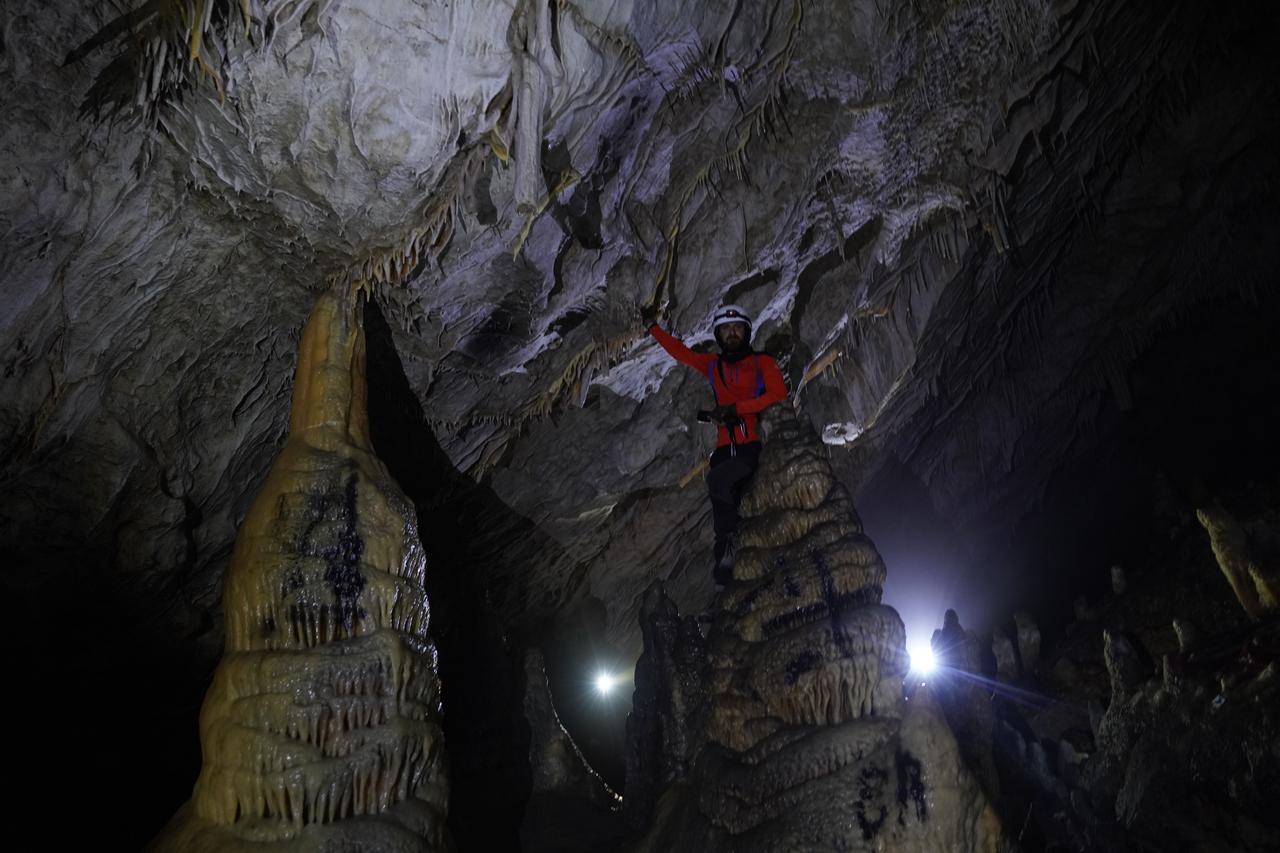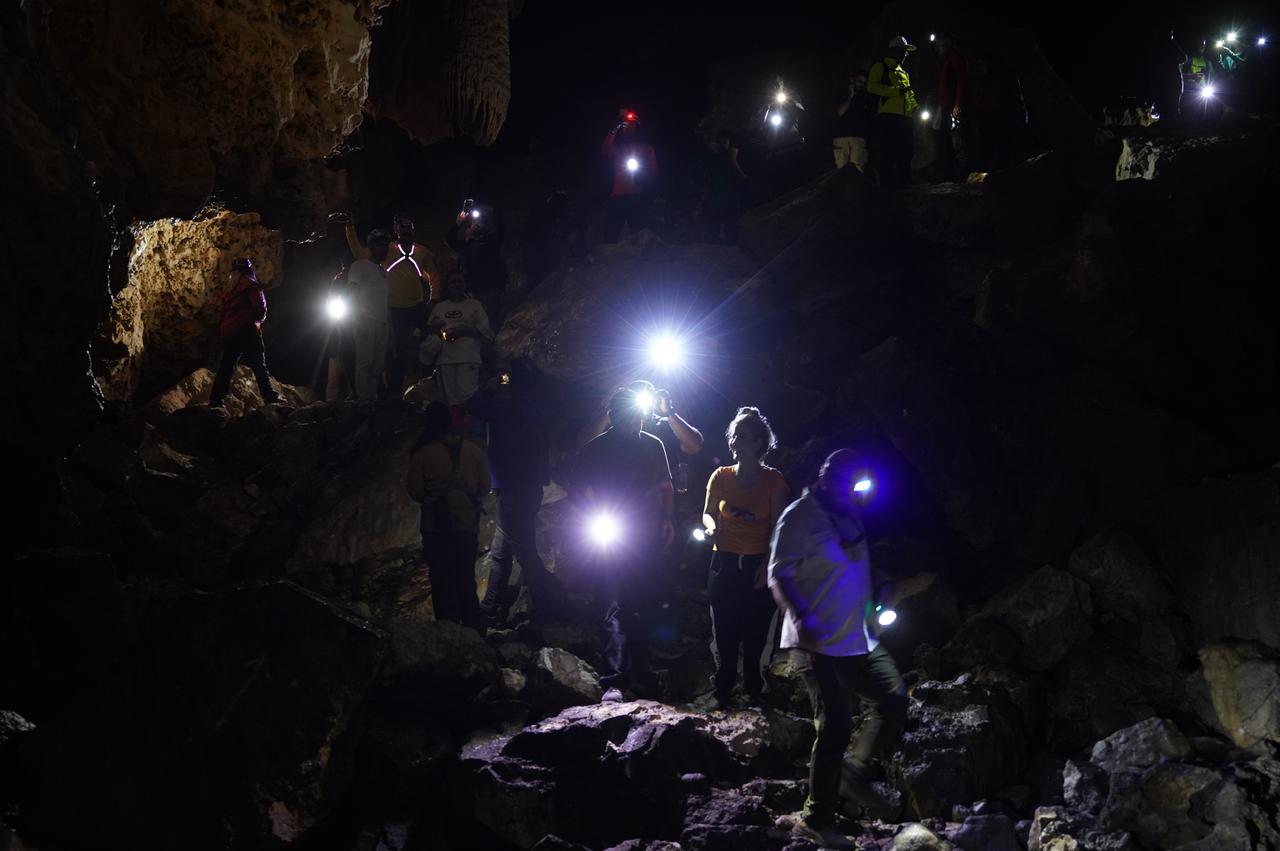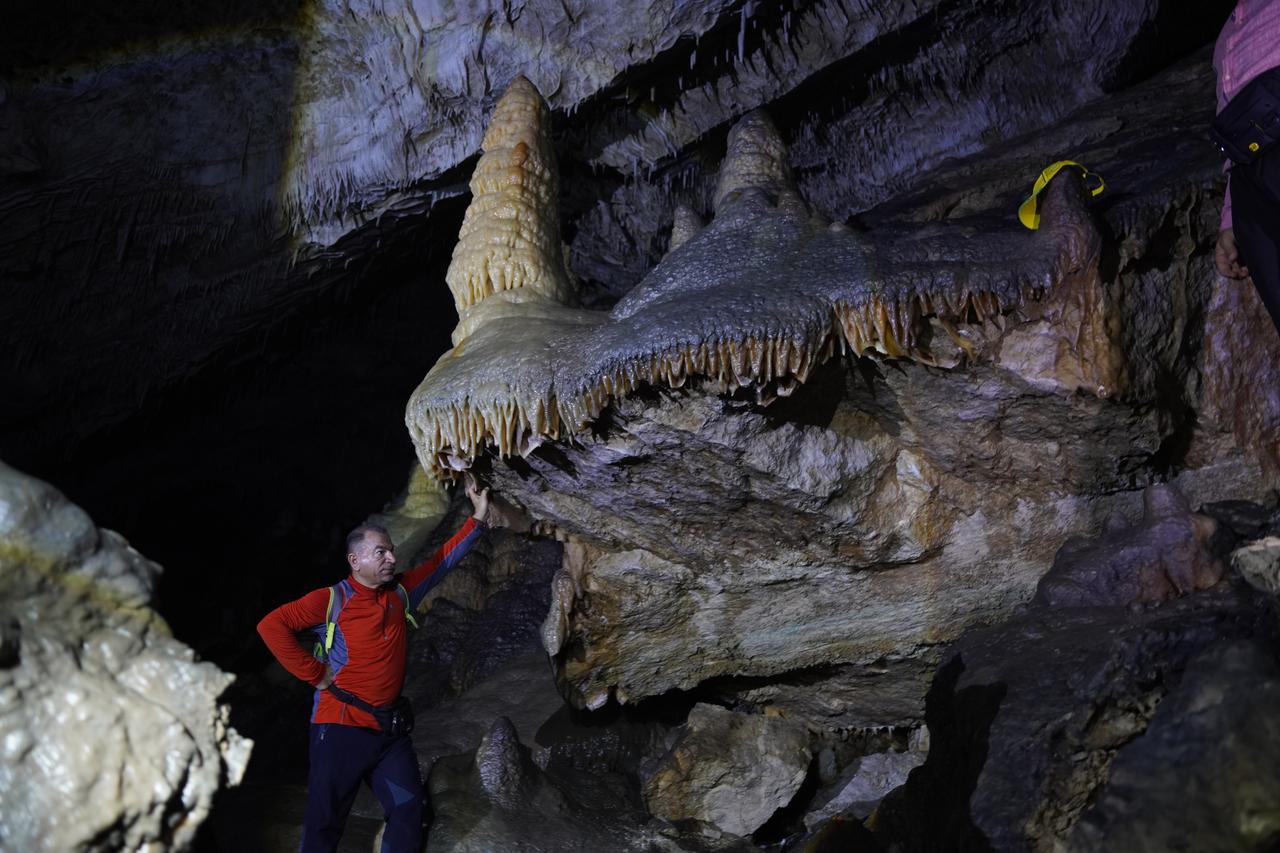
Kuneba Cave on Mount Gulan in Iraq’s Sulaymaniyah province has been drawing hikers and nature lovers thanks to a striking natural airflow at its entrance that never seems to stop.
Locals call it “Kuneba,” meaning “wind hole,” and researchers say the ventilation likely points to a yet-unknown second opening.
Sitting at the foot of a large mountain in the Derbendihan district, the cave starts with a small entrance that widens inside and then splits into tunnels running north and south. Its walls show layers of sandstone, limestone and clay.
Water dripping from the ceiling has left calcium and magnesium minerals on the surfaces, creating a shiny coat that gives the interior a distinct look. Visitors see stalactites and stalagmites—icicle-like mineral formations that grow from the ceiling and rise from the floor—shaped by this slow mineral flow.

Because of the cave’s structure, air blows cool in summer and warm in winter. The steady flow at the mouth is widely taken as a hint that there is another, still-unfound exit somewhere deeper inside.
Researchers link the constant breeze to pressure differences between cooler air inside and warmer air outside.

Local stories trace the discovery to the early 1930s. After expert inspections, its length was measured at about 767 meters.
In 2007, a team from Germany worked with Sulaymaniyah University researchers on caves in the Iraqi Kurdistan and produced a map for Kuneba, again putting its length at roughly 767 meters. The cave lies around 600 meters above sea level.

Sulaymaniyah University scholar Professor Diyari Ali Muhammed Emin notes that the cave rests on a white clay layer and is formed in limestone.
He says the surrounding rocks are roughly 35–40 million years old, while the cave itself is younger, formed as slightly acidic rainwater dissolved the limestone and, with groundwater, carved out the voids that later grew into chambers and tunnels.
“This cave is scientifically very valuable,” Prof. Emin says, adding that many foreign researchers have examined it and an American team’s work was published in an international journal.
While similar caves in other countries have been turned into tourism sites, he points out that Kuneba still lacks the structural work needed for safe and easy visits. The uneven floor makes progress inside demanding even with a mountain guide.